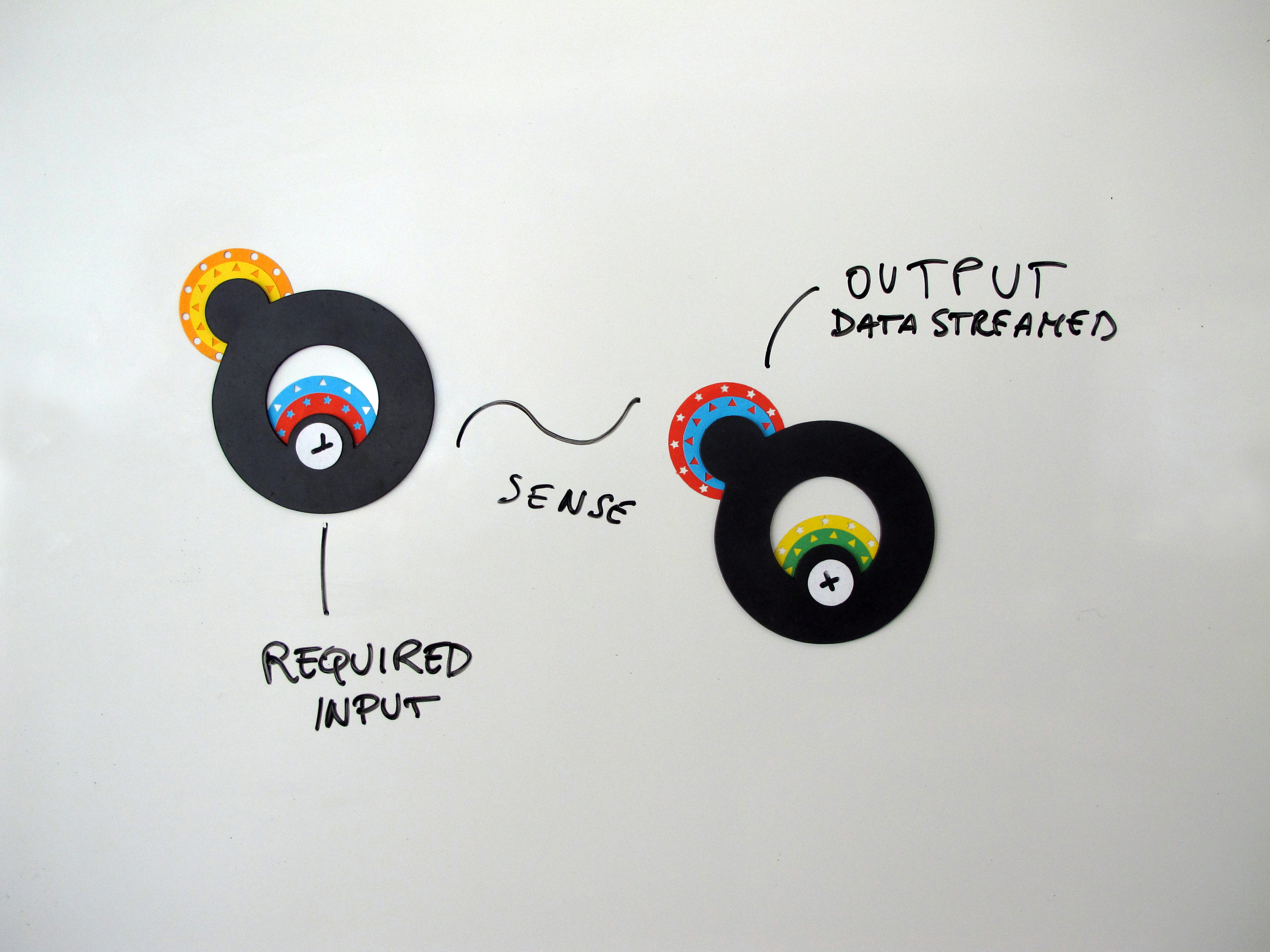THE SATIN PROJECt
In the first two years of my PhD, I had the chance to take part in an EU funded research project aimed at exploring possibilities for interaction of people with the Internet of Things (IoT) as environments. The result of this project is Satin, a mobile application builder that enables end-users without programming skills to create their own apps, aggregating and seamlessly handling data and programming interfaces (API) from different services in a user-friendly manner. The case study illustrates that apart from following user-centeredness, designers should also consider the constraints and influences of the infrastructures within which they operate. When designing innovative systems such as Satin, the context and paradigms that one works from inevitably affect the solution space in which the final designs and products exist. This requires designers to work not only on the final product’s usability and user experience, but also on the foundations and underlying infrastructures that rules the specific design space and context where these application will be used. In other words, relations and connections between people, things and the digital services that will connect them need to be built from the ground up, through a deep understanding of interactions, people and places.
For more details and insights about the project and its process:
Davoli & Kuenen. 2013. New participative tools require new foundations. EAD 2013
The editor prototype is available for test in two versions here





